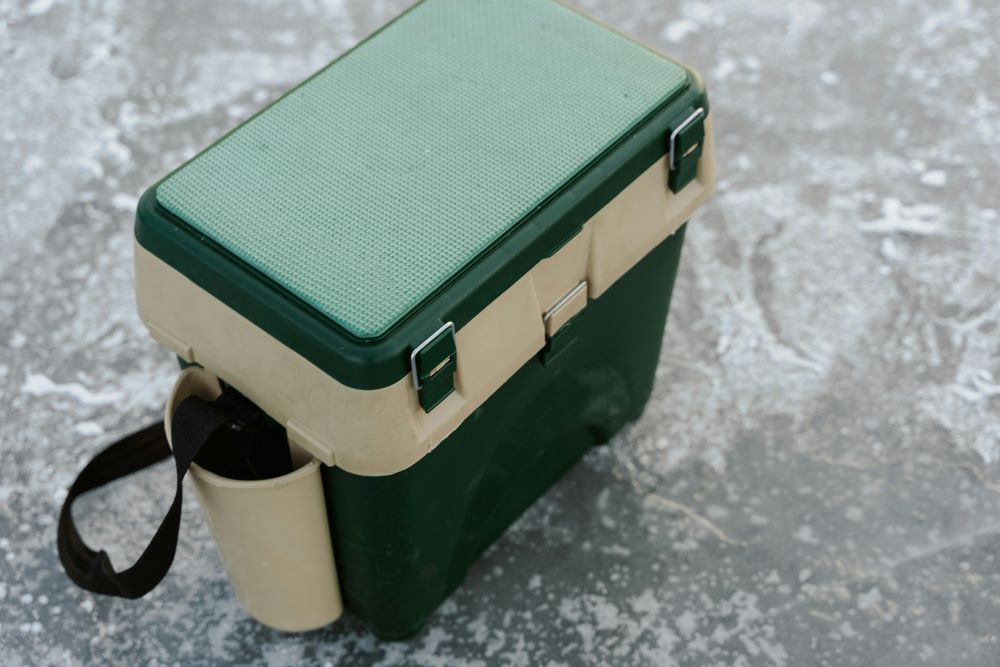The new method will allow for longer storage times, potentially saving more lives.
Researchers from the Universities of Minnesota and California, Riverside, have come up with a new two-step process to quickly and safely rewarm frozen tissues in organ donation, which they discussed in their article published in the journal Nano Letters. This technique, which uses magnetic nanoparticles to safely rewarm frozen organs, could transform the way organs are preserved for transplants.
The standard practice for preserving organs during the donation process is known as static cold storage. In this method, organs are cooled to just above freezing using a preservation solution. But this approach only offers a limited window of time to perform the transplant, usually between four and 12 hours depending on the organ being preserved. For patients on long waiting lists, this time constraint significantly reduces the availability of viable donations.
Vitrification, a method of preservation where biological tissues are frozen without forming damaging ice crystals, offers a potential solution. This process relies on using a cryoprotective agent to prevent the formation of ice as the tissue cools down to subzero temperatures. However, the major obstacle has been safely thawing vitrified tissues, as the rapid and even heating needed to avoid tissue damage is difficult to achieve.

In the new method, organs are first treated with a cryoprotective agent and infused with nanoparticles before being frozen. During the rewarming process, the tissues are exposed to an alternating magnetic field, which causes the nanoparticles to generate heat through a process known as Joule heating. This process has shown the ability to thaw tissues at extremely cold temperatures without leading to organ damage.
While this donation technique worked well in early experiments, there were concerns about the uniformity of heat distribution. Uneven heating could lead to localized ‘hotspots,’ potentially damaging the tissue. To address this, the researchers added a second step. As the temperature neared the melting point of the cryoprotective agent, they applied a horizontal magnetic field that realigned the nanoparticles, slowing heat production and ensuring a more even distribution of warmth. This prevented the formation of dangerous hotspots altogether.
The team successfully tested the method on pig carotid arteries. These tissues were frozen using liquid nitrogen, then rapidly rewarmed using the nanoscale magnetic rods. Over 80% of the cells in the tissues remained viable after the rewarming process, which took just a few minutes.
There are more than 100,000 individuals waiting for organ transplants, with someone being added to the waiting list every eight minutes. Despite this enormous demand, many viable organs go unused due to the short preservation window available with current methods. Extending the storage time of organs through vitrification and safe rewarming could greatly increase the number of available organs and, ultimately, save more lives.
The ability to vitrify and safely rewarm tissues also opens up possibilities for preserving complex tissues, including those used in regenerative medicine. Therefore, it could indicate a major step toward preserving entire human bodies for future revival, as hinted at by enthusiasts of cryonics.
The next steps for the researchers will be refining the technique for larger organs and conducting trials to ensure its safety and effectiveness in human tissues.
Sources:
‘Nanowarming’ process a game-changer for organ transplantation
Magnetic-Nanorod-Mediated Nanowarming with Uniform and Rate-Regulated Heating


Join the conversation!